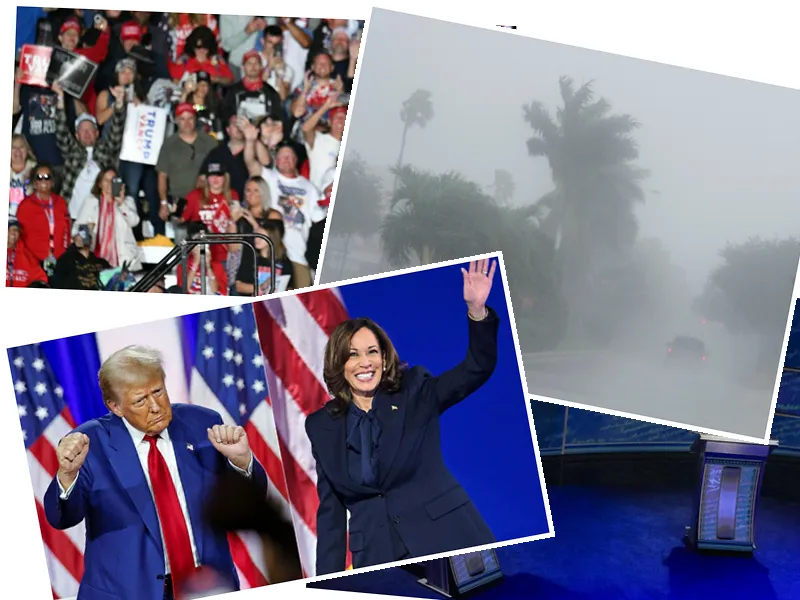Majority of Germans Favor Kamala Harris Over Donald Trump in Polls
As the November 5th US presidential election approaches, recent polls indicate a highly competitive race between Democratic candidate Kamala Harris and Republican candidate Donald Trump. However, a survey conducted by Ipsos reveals a significant preference for Harris among the German population, with approximately two-thirds of respondents expressing support for her candidacy. Only 12% of Germans indicated they would vote for Trump, while another 12% preferred neither candidate. This trend has been consistent, as earlier surveys also showed Harris leading among German voters, with 77% favoring her in August.
The support for Harris spans across political affiliations in Germany, with 86% of Green Party supporters, 84% of CDU/CSU supporters, and 83% of SPD supporters backing her. Interestingly, the right-wing AfD party shows a split, with 42% preferring Trump and 31% supporting Harris. Gender dynamics also play a role in these preferences, as male respondents showed a slightly higher inclination towards Trump (16%) compared to female respondents (8%). Harris maintains strong support among both genders, with 68% of men and 67% of women favoring her.
Economic Concerns and Swing States Shape Election Dynamics
Despite the favorable polling for Harris in Germany, the electoral landscape in the US remains tight, particularly in key battleground states. A recent All-America Economic Survey reveals that Trump holds a slight lead over Harris nationally (48%-46%) and in critical swing states (48%-47%). Economic issues, particularly inflation, continue to dominate voter concerns, with many believing their economic situation would improve under a Trump presidency.
Poll data shows that Trump has a significant advantage among voters prioritizing the economy, inflation, and immigration, while Harris leads on issues like abortion and climate change. The upcoming election is poised to hinge on voter turnout in swing states like Pennsylvania, where recent polling indicates a razor-thin margin between Trump and Harris (47.8% to 47.5%).
The demographic makeup of Pennsylvania complicates the race further, with urban areas leaning Democratic and rural regions showing stronger support for Trump. Campaign strategies are intensifying, with both candidates investing heavily in advertising and outreach efforts in the state. As the electoral battle unfolds, the dynamics of voter preferences, particularly among minority communities, will be crucial in determining the outcome.





